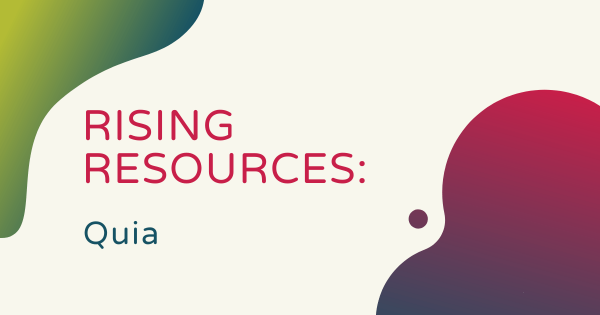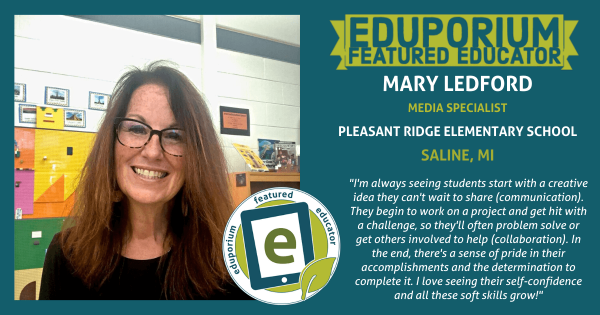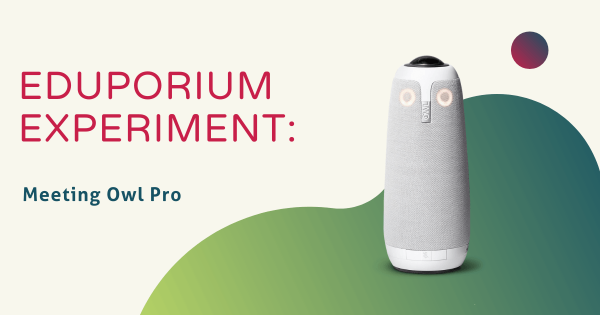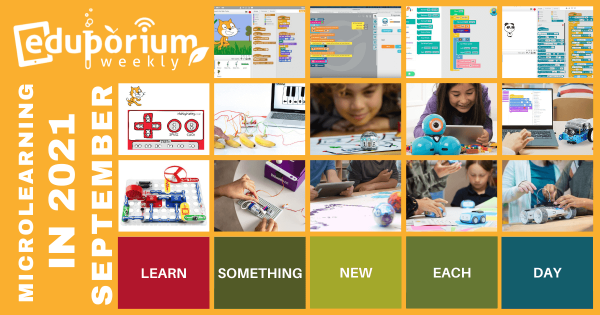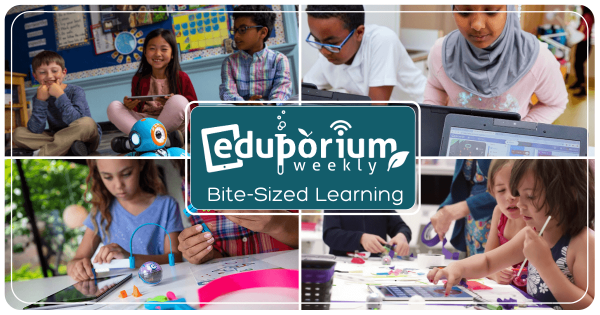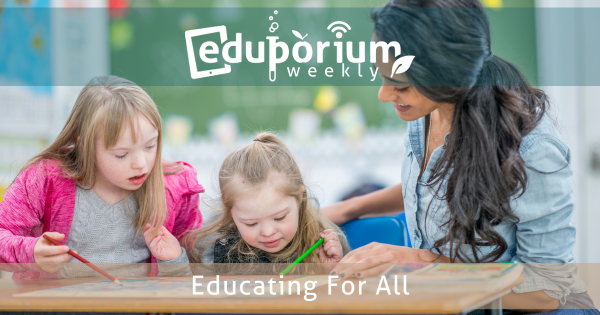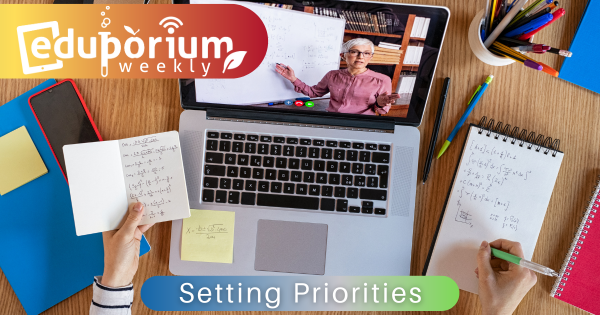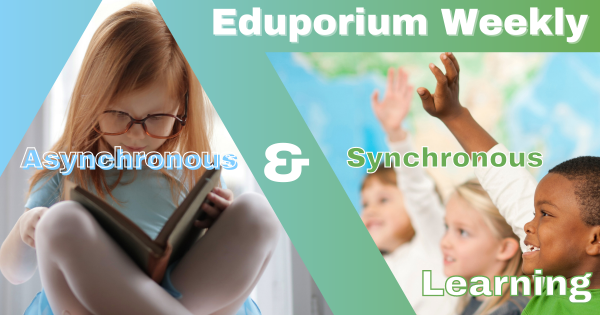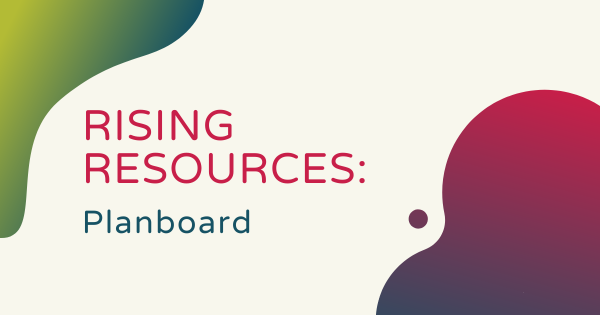Typically, with online review tools, educators can find and utilize materials for the most general and common school subjects. With Quia, there are tons of specific review materials for all students and teachers to access. Beyond general math, science, and English content, Quia has valuable games for everything from SAT skills to world languages and more.
Teaching
Across today's schools, innovation meets inspiration and curiosity sparks boundless learning. In our STEM-focused education world, teaching will often be a truly exhilarating journey—even more so when fueled by key principles of science, technology, engineering, and math. In a 21st-century classroom, educators serve as navigators, igniting flames of inquiry and guiding children through intricate pathways of discovery. These days, each lesson is often a blend of hands-on experimentation, collaborative problem-solving, and critical thinking exercises. By implementing these teaching styles, teachers often better prepare the next generation of innovators and problem solvers. STEAM-focused educators in today's classrooms not only convey knowledge, but also facilitate exploration, encourage students to ask questions, challenge assumptions, and explore the world around them.
From coding and robotics to environmental science and mathematics, modern curricula are diverse and adaptive, mirroring the landscape of STEM. In a K-12 classroom, failure is not feared, but celebrated as a stepping stone towards greater understanding. Through trial and error, students learn resilience, perseverance, and that success can arise from perseverance in the face of challenges. Today's instructors beautifully understand this importance of their role in fostering inclusion and diversity in STEM fields. With teaching practices that prioritize equitable access to resources and opportunities, teachers can ensure kids feel empowered to pursue passions and contribute to their STEAM community. Explore the content on inspirational teaching approaches below to help unlock authentic growth in students. Together, we can inspire the next generation of scientists, engineers, and innovators to succeed.
-
Eduporium Featured Educator: Mary Ledford
As a media specialist, Mary’s found some creative ways to teach poetry and help make it exciting for students while inspiring each of them to create technology projects based on that inspiration. Through her efforts, she’s seen students respond enthusiastically, get excited about sharing their ideas with classmates, and look for opportunities to collaborate!
-
Eduporium Experiment | The Meeting Owl Pro from Owl Labs
The Meeting Owl Pro packs plenty of versatility in its compact form. Though under 11 inches in height, it helps educators create enhanced inclusion, drive engagement, and ensure everyone’s voice is heard. It’s actually a three-in-one camera, microphone, and speaker that helps educators unlock active learning in any environment.
-
Eduporium Weekly | Using Microlearning in 2021
Microlearning has emerged as a more widely talked about form of instruction. Though previously uncommon in K-12 education, this method has been used in other areas. By definition, microlearning consists of much shorter lessons filled with content that’s straight to the point with teachers working to eliminate any potential ‘filler’ content.
-
VOTE for the STEAM Tools in Our Upcoming Webinars
Our webinars have been well attended so far starting with the Ozobot broadcast last December. We’re very grateful for the efforts of our partners and, now, we’re looking to expand these broadcasts. Head inside to cast your vote for what you want us to cover next as we work to expand our webinar series this spring.
-
Eduporium Weekly | Bite-Sized Learning
This week, we’re talking about bite-sized learning. Bite-sized learning involves teaching with short and highly focused lessons. They typically cover one specific topic and clear learning objectives for students to meet. And, when utilized consistently, these types of experiences can be very beneficial for some students.
-
Eduporium Weekly | Learning Differences in Remote Ed
It’s been widely documented how difficult it’s been for special education students and teachers in distance learning. Though we’re a year into this new form of education, teachers are still learning about how to best work with special education students from afar. And, this week, that’s our topic for exploration.
-
Eduporium Weekly | Remote Ed: Synchronous or Asynchronous?
Synchronous and asynchronous learning have each become important topics throughout various education communities and the subtle features of each are valuable for today’s educators to know. If you’re moving back and forth about which method to use or find yourself switching regularly, read on to learn more.
-
Rising Resources | Planboard for Teachers
There are so many different web tools and learning management systems and it’s really all about figuring out what works in your situation and being able to get into a routine. So, for this week’s Rising Resources post, we thought we’d explore a tool that can help teachers save some time and maximize planning. Keep reading to learn more about Planboard.




